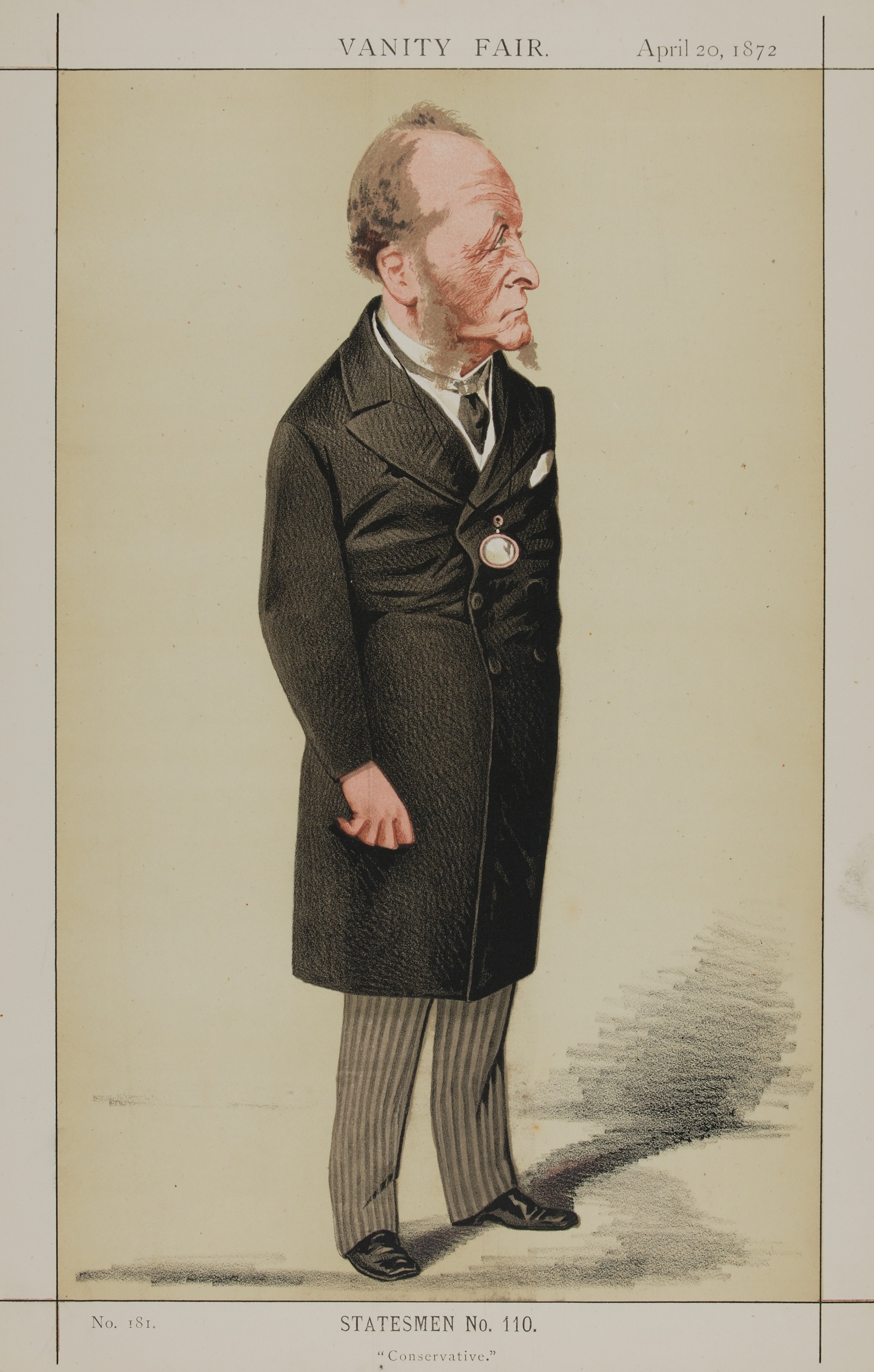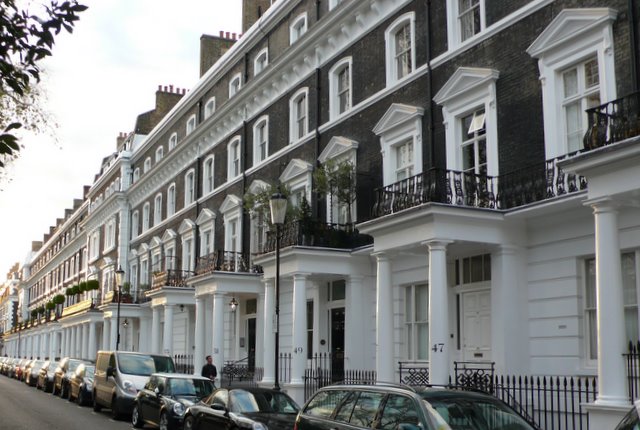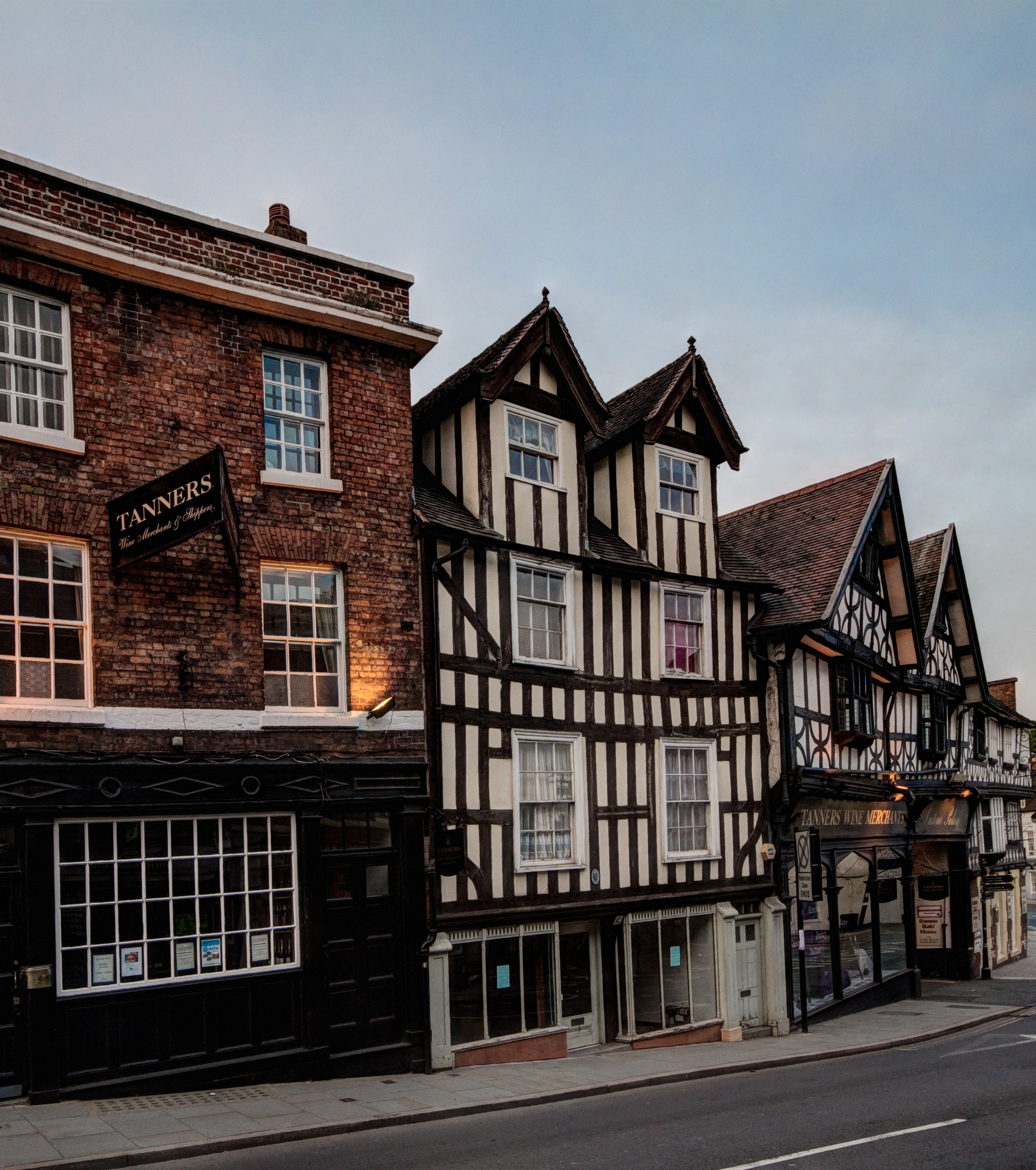|
Uvedale Corbett Junior
Uvedale Corbett Jr. was a Poor Law inspector. In 1855 he was District Auditor to the Llanfyllin Poor Law Union. He had a salary of around £600 a year. Gathorne Hardy appointed him, in 1866, as ‘an inspector of much experience’ with Dr. W. O. Markham, a former editor of the ''British Medical Journal'', to visit the London workhouses with a view to procuring information which might assist him in drafting new legislation for the reform of workhouse infirmaries. He was summoned from Derby at less than a day's notice. The Poor Law Board paid to move him, his family, his furniture and his five servants to his new house in Onslow Square. He explained to Hardy that on an inspection he would "go immediately to the sick wards of the infirmary without forewarning, to ensure that no preparations were made for his arrival. Inspection of the sick wards was the heaviest part of his work and a part he did not wish to hurry. He would question some of the inmates quietly, to gain their co ... [...More Info...] [...Related Items...] OR: [Wikipedia] [Google] [Baidu] |
Llanfyllin
Llanfyllin ( – ) is a market town, community and electoral ward in a sparsely populated area in Montgomeryshire, Powys, Wales. Llanfyllin's community population in 2011 was 1,532, of whom 34.1% could speak Welsh. Llanfyllin means ''church or parish'' (llan) ''of St Myllin'' ('m' frequently mutates to 'f' in Welsh). The community includes the tiny settlements of Bodfach, Ty Crwyn, Abernaint and several farms. Geography The town lies in the valley of the River Cain near the Berwyn Mountains in Montgomeryshire, southwest of Oswestry and from Montgomery. The River Cain is joined by the small River Abel in Llanfyllin (presumably named after Cain and Abel in the Bible), and meanders through the valley, flowing into the River Vyrnwy at Llansantffraid. History The town lies between Shrewsbury and Bala, for a long time the key market towns in this area of Wales and the Welsh borders. At nearby Bodyddon there is evidence of an early British settlement. Llanfyllin may be the ... [...More Info...] [...Related Items...] OR: [Wikipedia] [Google] [Baidu] |
Gathorne Hardy
Gathorne Gathorne-Hardy, 1st Earl of Cranbrook, (born Gathorne Hardy; 1 October 1814 – 30 October 1906) was a prominent British statesman, Conservative politician and key ally of Benjamin Disraeli. He held cabinet office in every Conservative government between 1858 and 1892 and notably served as Home Secretary from 1867 to 1868 and as Secretary of State for War from 1874 to 1878. Gathorne-Hardy oversaw the British declaration of war for the Second Anglo-Afghan War. Background and education Gathorne Hardy was the third son of John Hardy, of the Manor House Bradford, and Isabel, daughter of Richard Gathorne. His father was a barrister, the main owner of the Low Moor ironworks and also represented Bradford in Parliament; his ancestors had been attorneys and stewards to the Spencer-Stanhope family of Horsforth since the beginning of the 18th century. He was educated at Shrewsbury School and Oriel College, Oxford, and was called to the Bar, Inner Temple, in 1840. He establ ... [...More Info...] [...Related Items...] OR: [Wikipedia] [Google] [Baidu] |
British Medical Journal
''The BMJ'' is a weekly peer-reviewed medical trade journal, published by the trade union the British Medical Association (BMA). ''The BMJ'' has editorial freedom from the BMA. It is one of the world's oldest general medical journals. Originally called the ''British Medical Journal'', the title was officially shortened to ''BMJ'' in 1988, and then changed to ''The BMJ'' in 2014. The journal is published by BMJ Publishing Group Ltd, a subsidiary of the British Medical Association (BMA). The editor-in-chief of ''The BMJ'' is Kamran Abbasi, who was appointed in January 2022. History The journal began publishing on 3 October 1840 as the ''Provincial Medical and Surgical Journal'' and quickly attracted the attention of physicians around the world through its publication of high-impact original research articles and unique case reports. The ''BMJ''s first editors were P. Hennis Green, lecturer on the diseases of children at the Hunterian School of Medicine, who also was its f ... [...More Info...] [...Related Items...] OR: [Wikipedia] [Google] [Baidu] |
Onslow Square
Onslow Square is a garden square in South Kensington, London, England. It is set back between the Old Brompton Road to the northwest and the Fulham Road to the southeast. To the north is South Kensington Underground station. To the south is the Royal Marsden Hospital. As well as the main square, the address covers the street to the southwest that turns into Onslow Gardens, and the street to the northwest that meets Pelham Street by South Kensington tube station. History The houses were built by Charles James Freake, on land belonging to Smith's Charity. His building agreement with the trustees of the charity stipulated that they should be stuccoed, and constructed to elevational designs and specifications provided by the trustees' architect and surveyor, George Basevi. The first four houses in the square, numbers 1,3,5, and 7, were begun in September 1845, and were occupied by 1847. The whole square was completed by 1865. After the building of the first four houses, and Bas ... [...More Info...] [...Related Items...] OR: [Wikipedia] [Google] [Baidu] |
Shrewsbury
Shrewsbury ( , also ) is a market town, civil parish, and the county town of Shropshire, England, on the River Severn, north-west of London; at the 2021 census, it had a population of 76,782. The town's name can be pronounced as either 'Shrowsbury' or 'Shroosbury', the correct pronunciation being a matter of longstanding debate. The town centre has a largely unspoilt medieval street plan and over 660 listed buildings, including several examples of timber framing from the 15th and 16th centuries. Shrewsbury Castle, a red sandstone fortification, and Shrewsbury Abbey, a former Benedictine monastery, were founded in 1074 and 1083 respectively by the Norman Earl of Shrewsbury, Roger de Montgomery. The town is the birthplace of Charles Darwin and is where he spent 27 years of his life. east of the Welsh border, Shrewsbury serves as the commercial centre for Shropshire and mid-Wales, with a retail output of over £299 million per year and light industry and distributi ... [...More Info...] [...Related Items...] OR: [Wikipedia] [Google] [Baidu] |
Local Government Board
The Local Government Board (LGB) was a British Government supervisory body overseeing local administration in England and Wales from 1871 to 1919. The LGB was created by the Local Government Board Act 1871 (C. 70) and took over the public health and local government responsibilities of the Home Secretary and the Privy Council and all the functions of the Poor Law Board, which was abolished. In 1919 the LGB was converted into a new department called the Ministry of Health. Membership The board was headed by a president, appointed by and serving at the pleasure of the British monarch. The president was permitted to hold a seat and vote in the House of Commons, and the position was generally held by a cabinet minister. In addition the board had a number of '' ex officio'' members consisting of the Lord President of the Council, the Principal Secretaries of State, the Lord Privy Seal and the Chancellor of the Exchequer. The ''ex officio'' members were not paid a salary. The bo ... [...More Info...] [...Related Items...] OR: [Wikipedia] [Google] [Baidu] |
People From Ludlow
A person ( : people) is a being that has certain capacities or attributes such as reason, morality, consciousness or self-consciousness, and being a part of a culturally established form of social relations such as kinship, ownership of property, or legal responsibility. The defining features of personhood and, consequently, what makes a person count as a person, differ widely among cultures and contexts. In addition to the question of personhood, of what makes a being count as a person to begin with, there are further questions about personal identity and self: both about what makes any particular person that particular person instead of another, and about what makes a person at one time the same person as they were or will be at another time despite any intervening changes. The plural form "people" is often used to refer to an entire nation or ethnic group (as in "a people"), and this was the original meaning of the word; it subsequently acquired its use as a plural form of p ... [...More Info...] [...Related Items...] OR: [Wikipedia] [Google] [Baidu] |




_1938.jpg)